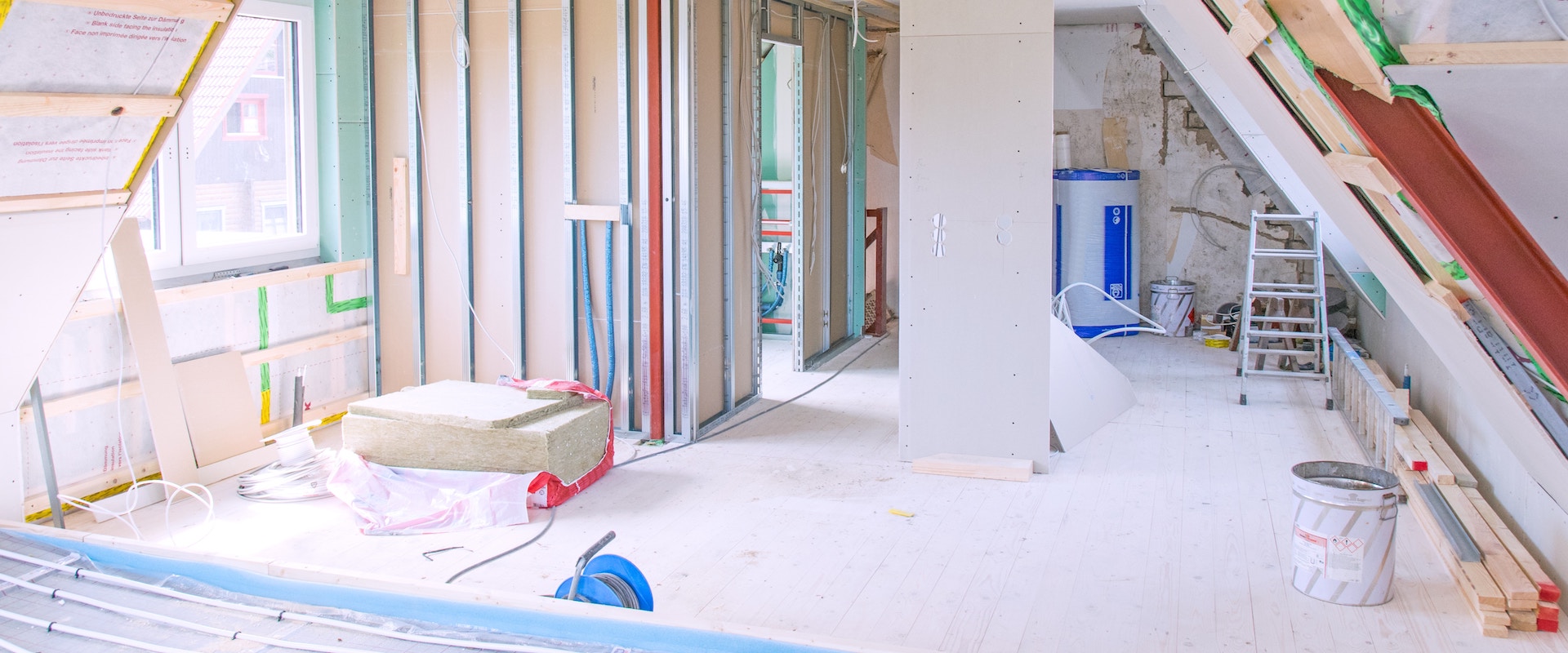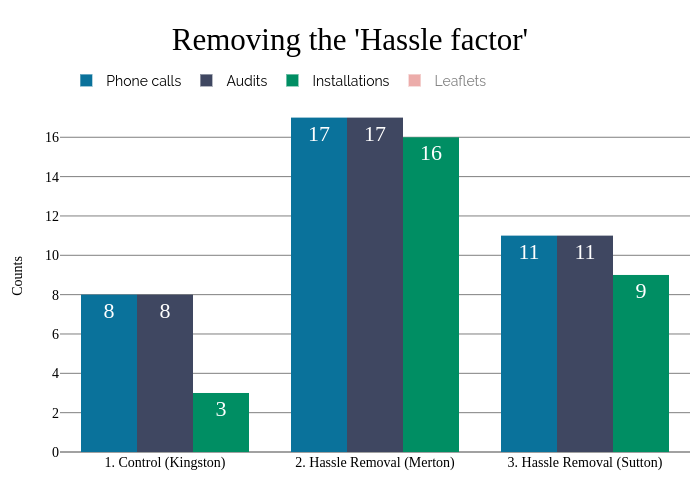
19 Oct Nudge Busters 2: It was (not!) that easy
It is some of the most effective advice that can be given by a behavioural designer.
It can be used to identify many behavioural barriers.
That explains why we humans postpone thousands of decisions.
At the same time, it often seems too simple to be true.
But if you make an action easy to do, or make a decision easy to make, you increase the likelihood that people actually do it.
Often you try to appeal to people’s motivation if you want them to do something. However, as we have previously written, motivation depends on factors such as time of day, when you last ate, how many choices you have made during the day, and more.
A model of behaviour
Professor B.J. Fogg of Stanford Behavior Design Lab has gone as far as putting the relationship between motivation and ease of action on a nice model (Mr Fogg has a patent on the model, so unfortunately I’m not allowed reproduce it here).
But, in short, the model shows that there is a great chance of performing a difficult action if the motivation is high. Conversely, there is a great chance of doing an easy action, regardless of how high your motivation is. The message is clear: Make an action easier, and people perform it.
Ceiling insulation is the opposite of easy
Ceiling insulation conserves heat and thus lowers energy consumption, which is good for the environment. But because homeowners are usually quite ordinary people they use the typical attic for storing, yes, junk.
If the ceiling is to be isolated, it therefore requires removing all its junk, storing it, and perhaps even being forced to clean up. In the field of behavioural science, we call this barrier ‘ the hassle factor ‘.
In 2013, The renowned Behavioral Insights Team in London tested whether you can get homeowners to isolate their ceilings by making the whole process easier.
They simply made a collaboration where homeowners could get all their “junk” stored while the insulation was made.
They drew up some brochures where residents of one city got a good deal on ceiling insulation, while two other cities got the offer at the same price, but included in the offer was also storage of all things from their attic.
The results are shown here:
It is clear that the homeowners who received the extended offer (homeowners in Merton and Sutton) led to
1) More phone calls from interested homeowners
2) Several reviews of houses (audits) and
3) Multiple isolations (installation)
Well, what is the problem?
The problem is that many(!) brochures were sent out (try pressing the Red Square just below the title of the graph).
Out of a total of 72,480 brochures, only 28 (?!) isolations were made.
We often hear this experiment mentioned as a good example of nudging by avoiding ‘the hassle factor’. But from a resource perspective it is a really bad solution.
The Behavioral Insights Team themselves even concluded:
“On the basis of the level of uptake in this trial, the numbers are too small to provide any firm conclusions.”
So when one hears about a solution based on behavioral design or nudging it may be a good idea to check up on what the designers or researchers behind the experiment themselves concluded.
In terms of ceiling insulation, it is certainly clear that there are many more – and perhaps larger – barriers than junk in the attic. And if you want to tell homeowners about the benefits – and price of – getting isolated their ceiling, you should consider different forms of communication than regular flyers.
Have you come across some nudges or attempts to make behavioral designs that you don’t really believe are working?
Please send them to nudgebusters@kl7.dk.




